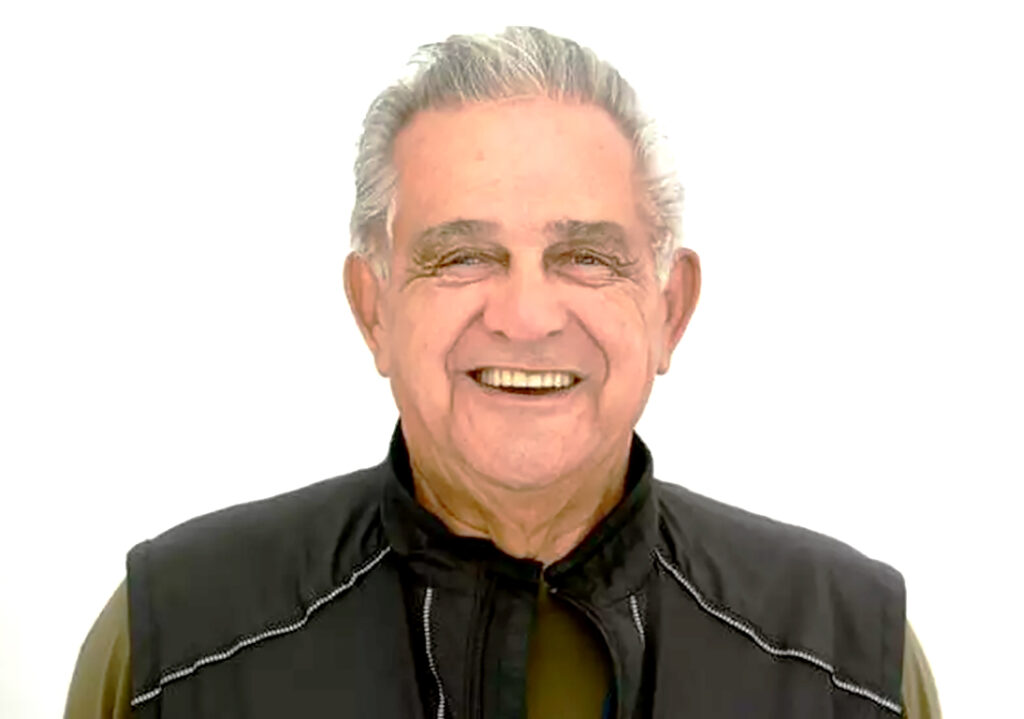Joe Vigil, the legendary coach who contributed key research in physiology that helped revolutionized distance running, died on Saturday at age 95, according to Adams State University where he coached for 29 years.
His imprint on the sport was far-reaching and extended into his athlete mentorship, leading cross country and track and field teams to numerous national titles along with contributing to the science that advanced modern running.
“When a legend passes away, their impact remains. Dr. Vigil’s life work will live on in future generations of athletes, coaches and scholars,” Adams State University president David Tandberg said in a statement. “Like so many before me, Coach Vigil influenced my decision to attend Adams State. He helped spark my great story.”
Vigil, who was a native of Alamosa, Colorado, racked up numerous accolades in his tenure at Adams State, elevating the school into a cross country and track and field powerhouse. He led the men’s program from 1965 to 1993, winning 19 Division II collegiate national titles.
He coached thousands in a career that stretched decades, led 425 All-Americans, served as a distance coach in two Olympics (1998 and 2008) and was instrumental in the careers of professionals like Meb Keflezighi, Deena Kastor, Pat Porter, Stephano Baldini and Brenda Martinez.
In his focus on physiology, Vigil classified stages of training that included base, precompetitive, competitive and transition. His research was critical in the development of modern distance running training plans.
In 1995, Vigil authored “Road to the Top,” a book that dissected the structure of the science of efficient running and detailed effective training plans. For Vigil, he was sharing a systemic method of training that required consistency at its core in order for the plans to work well.
The book drew widespread acclaim in the distance running community and further enhanced Vigil’s reputation as a proven coach who understood the building blocks of running in specific detail.
Vigil was born on November 25, 1929 in Antonio, Colorado and raised by his mother in nearby Alamosa. His father died when he was just an infant. He attended Alamosa High School, enlisted in the United States Navy after graduation in 1948 and two years later he was back in his hometown when he enrolled at Adams State University — then Adams State — and joined the football team. His interest in running was nominal at best but he was drawn to track and returned to Alamosa High School as a coach and teacher. By 1965 he took over coaching duties Adams State, reshaping the culture of the cross country and track and field programs.







